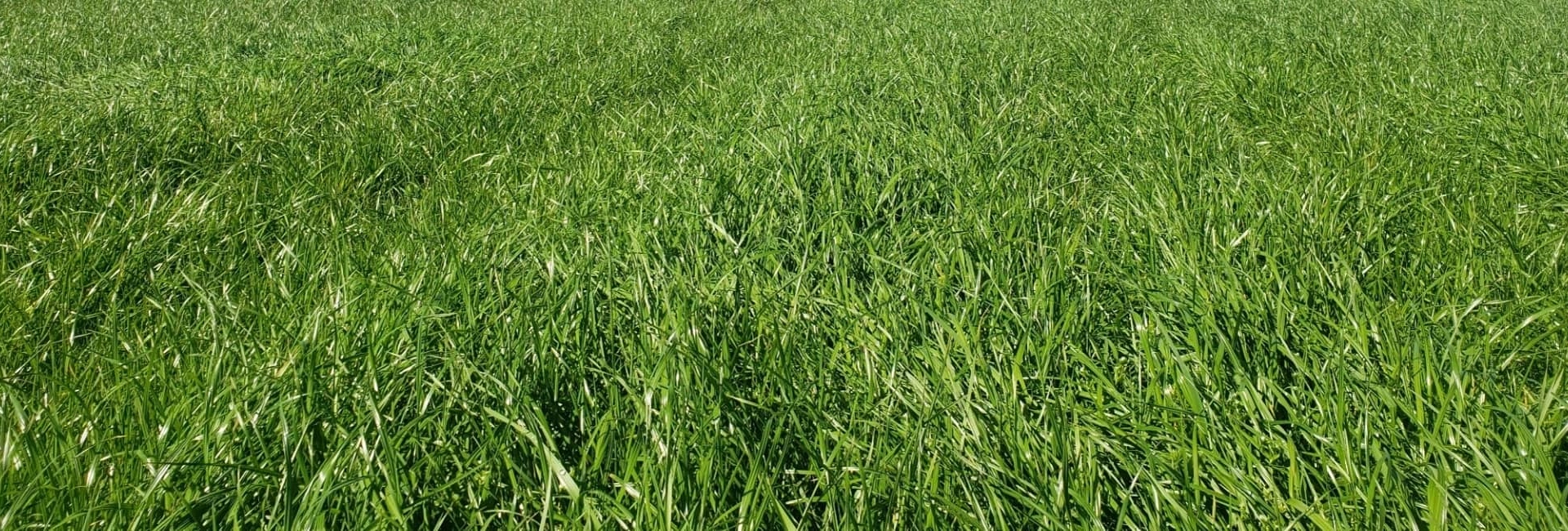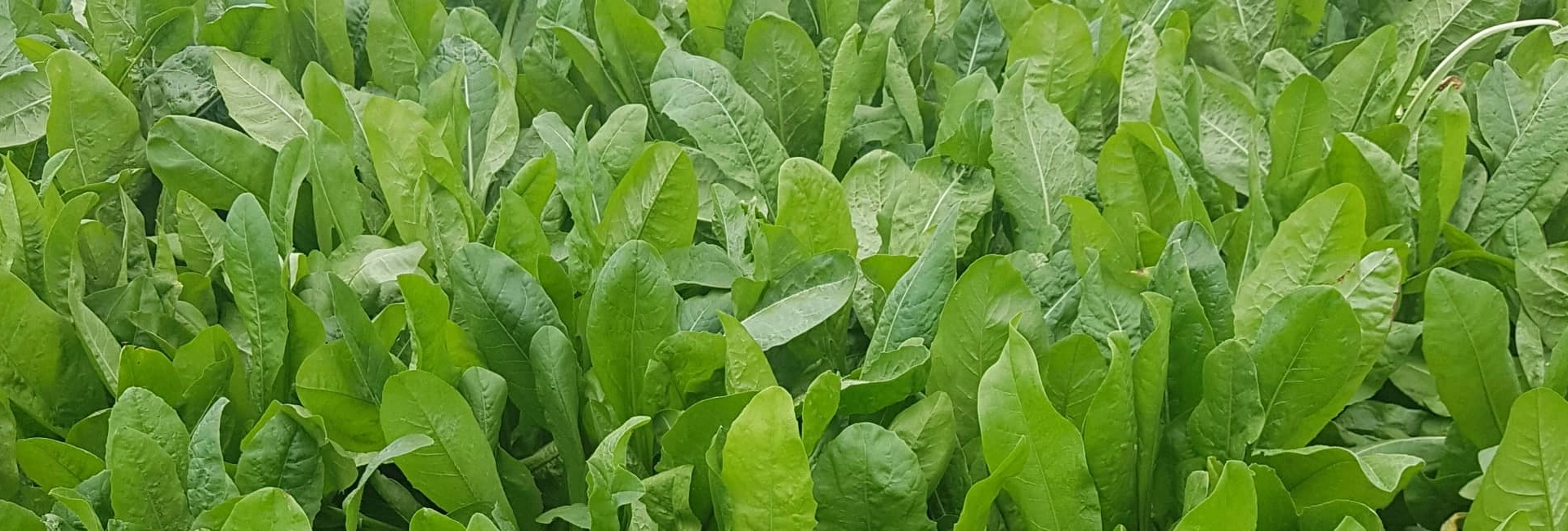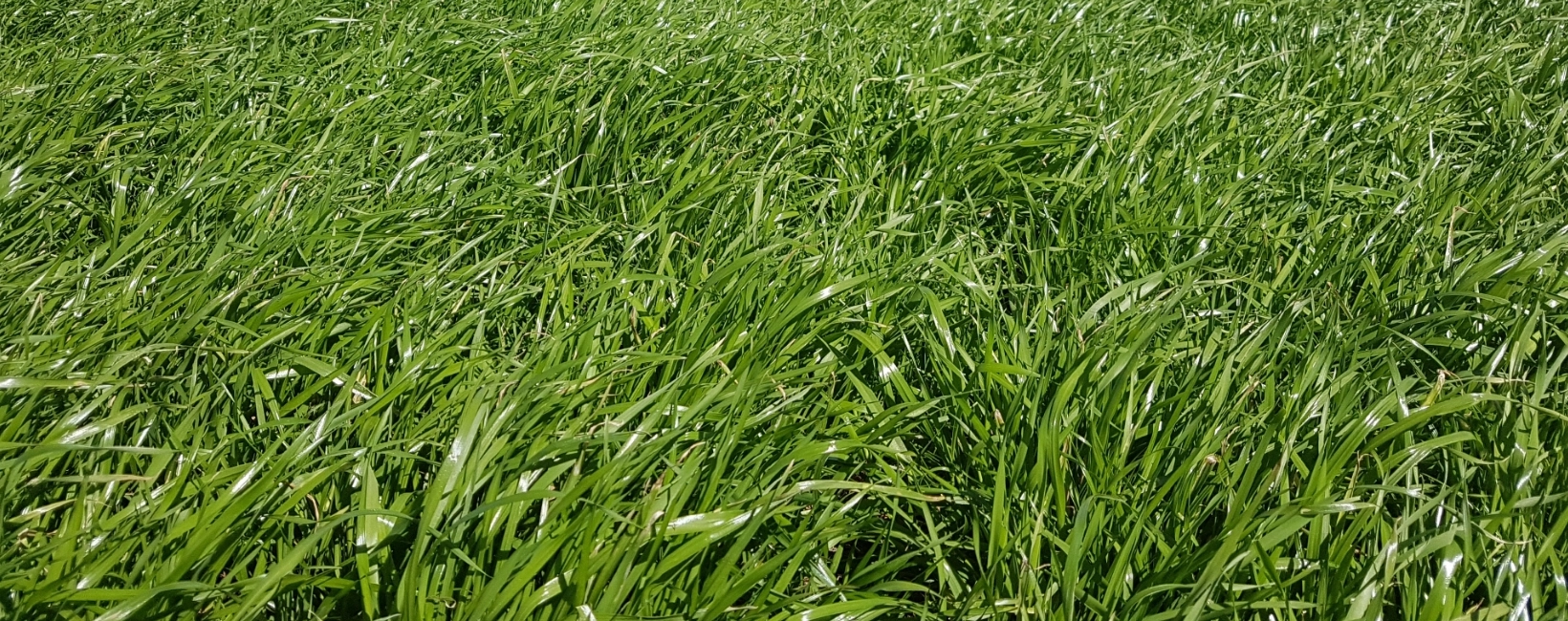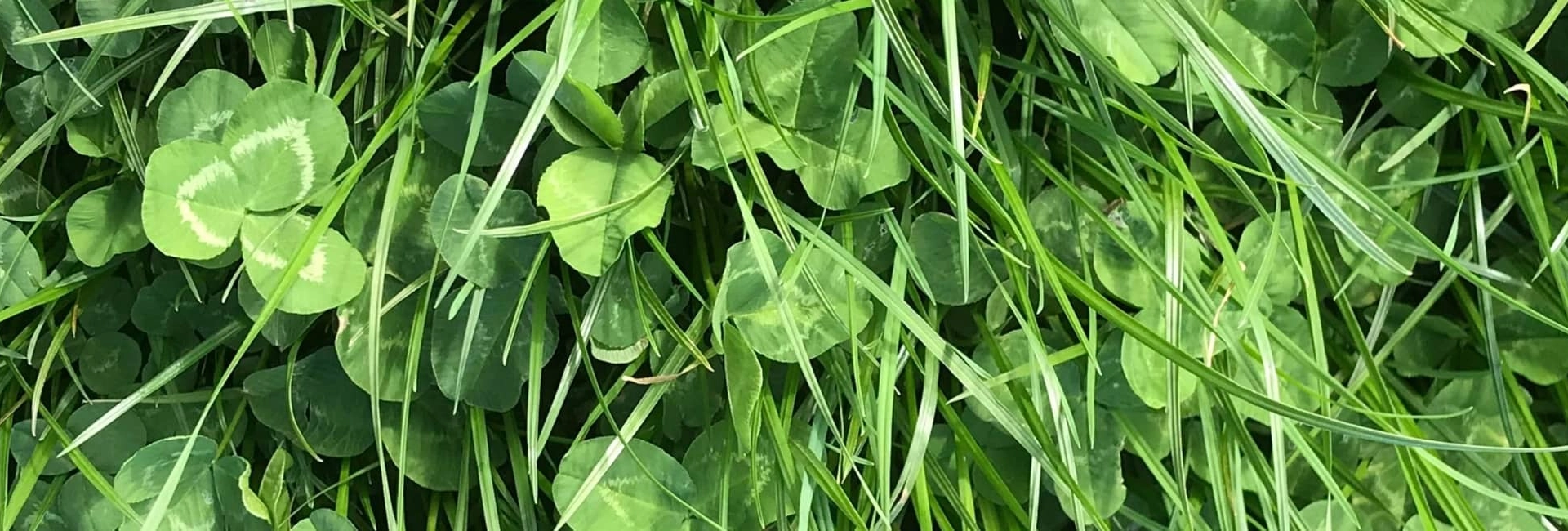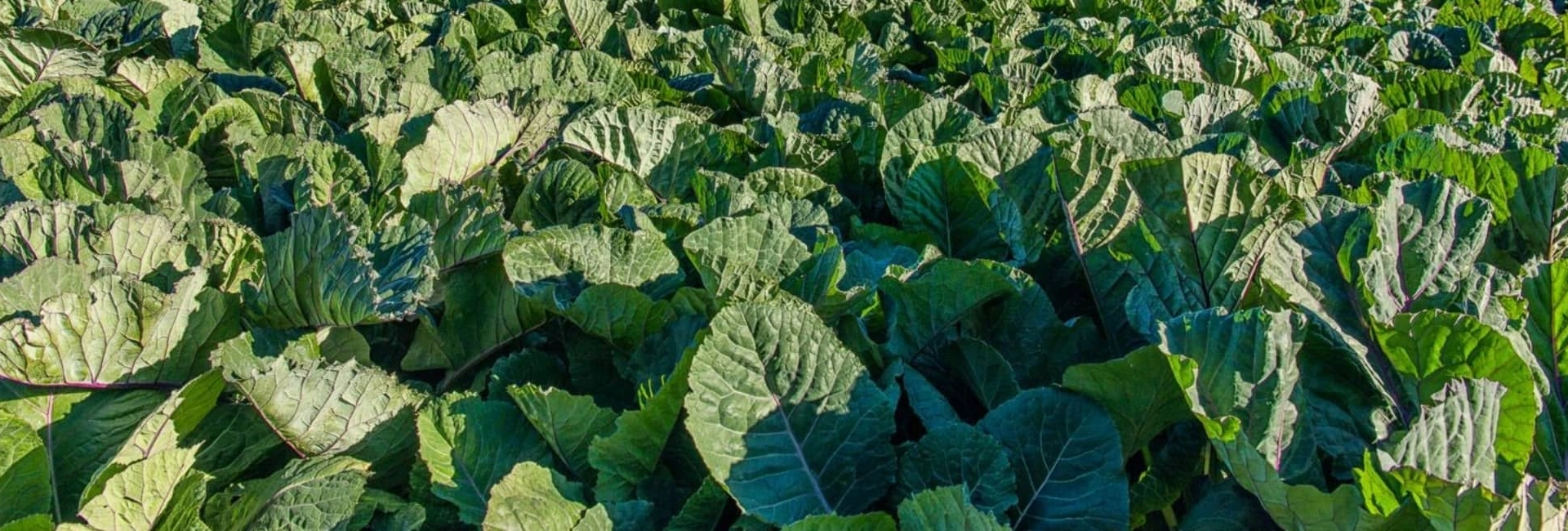Ploidy explained.

Ploidy refers to the number of chromosome sets in plant cells. A normal ryegrass plant contains two sets of chromosomes per cell, 14 in total, and is referred to as diploid. Diploids have smaller cells and so more structural cell wall material. Tetraploids have four sets of chromosomes, which are higher in water soluble carbohydrates (sugar) making them more palatable for stock.
Intensive farming demands ryegrasses that yield abundant, high-quality feed to optimise animal performance and productivity. Therefore, both diploid and tetraploid ryegrasses have a place in Australian farming systems, but understanding their differences and when to use them is essential before sowing.
The key features of diploid and tetraploid ryegrass.
Diploid ryegrass.
- Densely-tillered
- Strong robustness and versatility
- Competitive with weeds
- Persistence in lower soil fertility
- Small seeds – therefore a lower sowing rate than tetraploids
- Ideal for grass-to-grass situations
- Ability to grow in wet environments
- Can be set stocked or rotationally grazed
- Forgiving under stressful grazing environments
- Grazed quickly and more evenly
Tetraploid ryegrass.
- Lower tillering ability
- Fast to establish and competitive with established plants
- Higher sugar content
- Excellent palatability leading to good pasture utilisation by grazing animals
- Very high quality pasture
- Large seeds – therefore a higher sowing rate than diploids
- Higher dry matter intakes leading to improved animal performance
- Great for silage or for overseeding
Deciding between diploid and tetraploid.
When choosing between diploid and tetraploid varieties, it’s important to clarify the intended purpose and to calculate out the potential metabolisable energy produced per hectare – being a function of dry matter yield multiplied by per kg metabolisable energy content (MJME/kgDM).
As tetraploids are very upright and generally less densely tillered than diploids, it’s easy to over-estimate dry matter yields relative to their diploid counterparts when appraising pasture masses by eye.
Grazing and pasture management.
Effective pasture management significantly impacts persistence, quality and yield, outweighing the influence of cultivar or ploidy alone. Diploid perennial grass pastures, when well-managed, excel in providing large volumes of high-quality feed.
Tetraploids are more suitable for rotational grazing but can be prone to overgrazing if not managed carefully, leading to reduced dry matter yields over time.
For long-term or permanent grass rotations, prioritising diploids is crucial due to their dense sward formation, although a balanced mix of 2/3 diploid to 1/3 tetraploid is sensible.
Both ploidies require regular nitrogen application throughout their lifespan.
Collaborating with farmers to enhance production and profitability through insights and knowledge is at the forefront of what we do. Get in touch with our team with any topics you would like our Knowledge Hub to explore.


